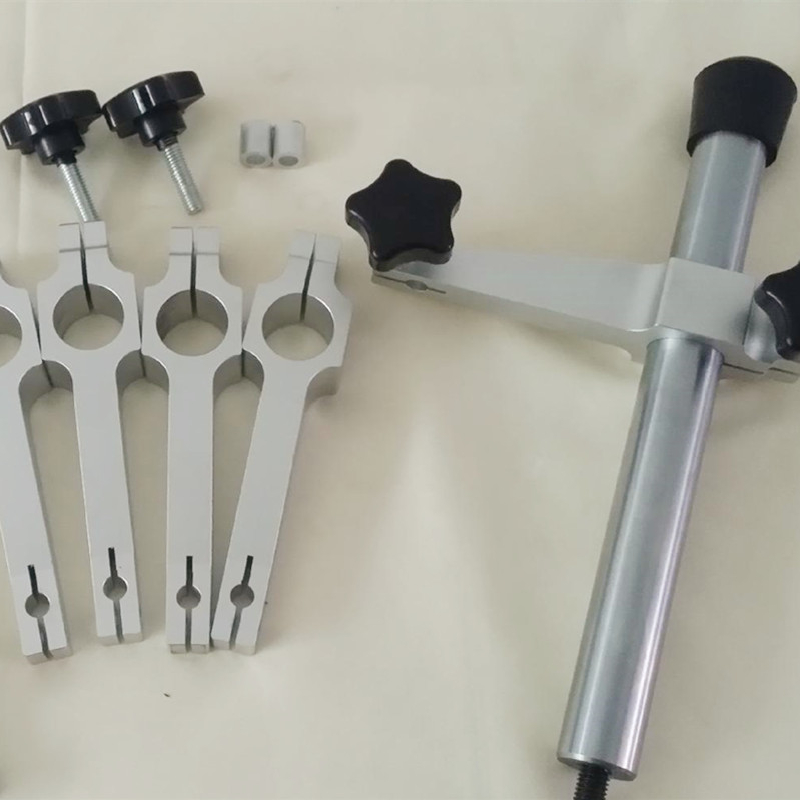സെപ് . 28, 2024 15:52 Back to list
Understanding the Pin Gauge Measurement Technique for Precision Measurement in Engineering
Understanding the Pin Gauge Measurement Method
The pin gauge measurement method is a widely utilized technique in manufacturing and quality control processes. It is known for its simplicity, reliability, and precision, making it an essential tool in various industries, including automotive, aerospace, and electronics. This article delves into the fundamentals of the pin gauge measurement method, its applications, benefits, and best practices.
What is a Pin Gauge?
A pin gauge is a precise cylindrical tool designed to measure the diameter of holes, slots, or other features in components. These gauges come in a variety of sizes, with each pin having a specific diameter. They are often made from high-quality steel or carbide, ensuring durability and accuracy. Pin gauges can be used in both go/no-go configurations, allowing users to ascertain whether a feature meets specified tolerances.
Measurement Process
The pin gauge measurement method is straightforward. To begin, the user selects an appropriate pin gauge that closely matches the nominal size of the feature being measured. The measurement process involves inserting the gauge into the hole or slot. If the pin gauge fits snugly without excessive force, the feature is considered to be within tolerance. Conversely, if the pin does not fit, the component is deemed out of specification.
1. Select the Correct Gauge Begin by identifying the nominal dimension of the feature being measured. Choose pin gauges that correspond to this size, taking into account the tolerances specified in the technical drawings. 2. Insertion Insert the selected pin gauge into the feature. A go gauge should fit easily while a no-go gauge should not fit at all.
3. Assessment Evaluate the fitting of the pin gauge. A successful fit indicates conformance, while a failure to fit suggests the need for further inspection or rework.
Applications
The pin gauge measurement method is versatile and applicable in numerous scenarios
1. Quality Control In production environments, pin gauges are routinely used to verify the integrity of manufactured parts. Measuring features against the specifications helps ensure quality and reduces waste in the production line.
2. Assembly During assembly processes, checking hole diameters and clearances with pin gauges ensures that components fit properly, thereby preventing future operational issues.
3. Repair and Maintenance In servicing machinery, pin gauges assist technicians in evaluating wear and tear on components. Accurate measurements contribute to improved repair strategies and enhance equipment longevity.
Benefits
pin gauge measurement method

The pin gauge measurement method offers several advantages
1. Simplicity The design and operation of pin gauges are straightforward, allowing even those with minimal training to perform measurements effectively.
2. Portability Pin gauges are typically compact and easy to carry, making them suitable for on-site measurements and quick checks.
3. Precision High-quality pin gauges can measure with remarkable accuracy, often to the thousandths of an inch, which is critical in high-precision manufacturing scenarios.
4. Cost-Effective Pin gauges are relatively inexpensive compared to other measurement tools, making them a practical choice for businesses of all sizes.
Best Practices
To ensure accurate and effective measurements with pin gauges, consider the following best practices
1. Calibration Regularly calibrate pin gauges to maintain their accuracy. Establish a calibration schedule based on usage frequency and precision requirements.
2. Cleanliness Keep pin gauges clean and free of contaminants. Dust and debris can interfere with measurements and lead to erroneous results.
3. Proper Storage Store pin gauges in protective cases to prevent damage. Avoid exposing them to extreme temperatures or environments that could affect their integrity.
4. User Training Invest in training for personnel to ensure they understand how to use pin gauges effectively, including the interpretation of results.
Conclusion
The pin gauge measurement method is a fundamental technique that supports precision manufacturing and quality assurance. Its ease of use, portability, and accuracy make it an invaluable tool in various industries. By employing best practices and understanding its applications, businesses can leverage pin gauges to enhance their quality control processes and ultimately deliver superior products. The simplicity of this method belies its importance, making it a staple in the toolkit of any quality-conscious operation.
-
Why Metric Trapezoidal Thread is Ideal for Precision Motion ControlNewsAug.05,2025
-
The Unique Properties of a Block of Granite for Industrial UseNewsAug.05,2025
-
The Role of Flanged Y Strainers in Preventing Pipeline ClogsNewsAug.05,2025
-
The Importance of Regular Calibration for Master Ring GagesNewsAug.05,2025
-
How a Cast Iron Surface Table Enhances Accuracy in ManufacturingNewsAug.05,2025
-
Comparing Different Check Valve Types for Optimal Flow ControlNewsAug.05,2025
Related PRODUCTS









